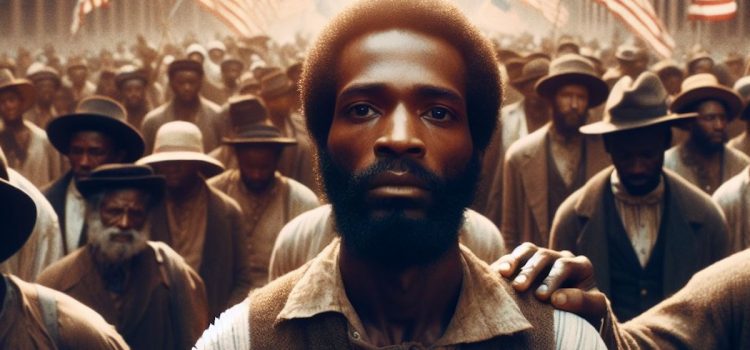
How did the government originally intend to redistribute land and wealth seized in the South after the Civil War? What role did Northern Republicans play in developing Southern Black communities? What challenges did freed slaves face?
After the American Civil War, Reconstruction sought to address issues of wealth, racial equality, and freed slaves’ rights. Initially, Reconstruction showed promise. Ultimately, the progress that was made was undone.
Continue reading for a history of Reconstruction after the Civil War, according to historian Howard Zinn.
The Reconstruction Era of the United States
Following the end of the Civil War in 1865, there were many questions about what would happen to ex-Confederate leaders, how the government would redistribute land and wealth seized in the South, and the fate of the newly freed slaves. The process of answering these questions was known as Reconstruction. In Zinn’s history of Reconstruction after the Civil War, he argues that questions of wealth and racial equality were linked—without the redistribution of land and wealth, legal rights and citizenship would be insufficient to grant Black Americans equality.
For a time, things seemed hopeful—Northern Republicans had a vested interest in developing Southern Black communities to grant them a new voter base. Under the protection of the Union army, Black political communities formed in the South, electing officials to local, state, and even federal positions. The government established mixed-race public education as well as laws and amendments protecting the rights of Black Americans.
However, the government ultimately returned most of the land and wealth it seized to white ex-Confederates. Some freed slaves pooled their money to buy land, but a majority had little to no property and had to work for former slave owners under harsh conditions for minimal wages. Southern whites organized the Ku Klux Klan and other groups dedicated to terrorizing and destroying Black communities. Eventually, Northern support for Black reconstruction waned in favor of a return to the status quo, and Southern whites were able to effectively ignore the new laws protecting Black rights.
(Shortform note: Some historians have argued that political and economic structures created during the Reconstruction era were dismantled in part because they were particularly corrupt. They accuse politicians in these communities of misusing large amounts of government money to enrich themselves. However, others argue that levels of corruption among Reconstruction politicians were consistent with the rest of the country at the time—especially in cases where large amounts of money were devoted to building up (or in this case, rebuilding) an area.)
| The Lost Cause of the Confederacy After regaining their wealth and influence, many ex-Confederates used it to try to rehabilitate their public images. They created the historical narrative of a “Lost Cause of the Confederacy,” arguing the Confederates fought for a cause nobler than preserving slavery. Ex-Confederates cited loyalty, states’ rights, and protecting a distinct Southern culture as reasons why they fought in the Civil War. In addition, the Lost Cause depicted Confederate leaders like Robert E. Lee as noble and heroic men. Many of the main ideas of the Lost Cause persist to this day in America, though they’ve started to face increased scrutiny in the past decade or so. |






